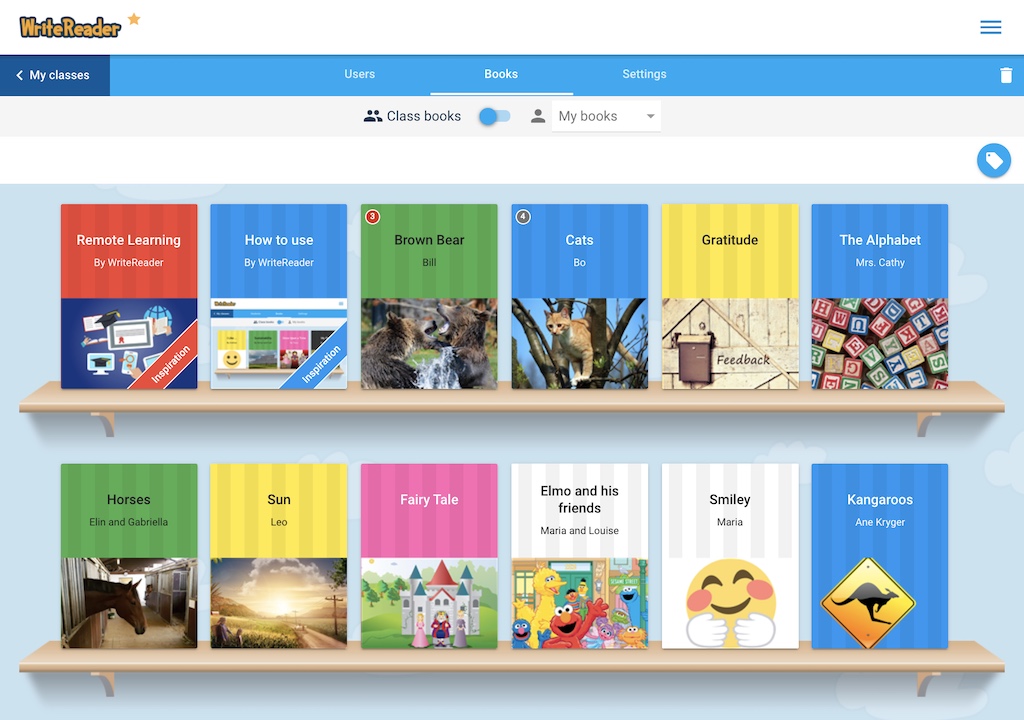Remote, virtual, distance, or hybrid learning have become the reality for many students these days. Over the past six months, remote learning has touched most students around the world for weeks or even months.

Lack of remote learning inspiration for emergent writers
Last month, I attended a seminar by Google Education in Scandinavia covering the topics of “learning from lockdown” and “hybrid learning” in education. The main theme was how to engage students in creative and engaging activities as an alternative to completing endless exercises. All presentations were really interesting and engaging, but along the way it became clear that it was all related to older students who have already developed a certain amount of literacy skills. When I asked about ideas and methodologies for emergent writers and readers, ideas were limited to suggestions for strong parent involvement as well as an idea about sending kids into the garden to collect items and sort them according to well-defined categories. While this is good advice, I think it’s a problem to make the success of remote learning heavily dependent on the availability of highly-engaged parents as it will make the learning experiences very unequitable amongst students. We can do better than that.
Can emergent writers create beautiful books with a little online help from the teacher?
Yes – that is definitely possible. As a teacher in an elementary school, I learned one key thing: young students can really accomplish a lot on their own if they are motivated, recognize that a task is meaningful, and provided with an optimal environment for young learners. Based on this, I created the literacy tool WriteReader that enables emergent writers the ability to produce and share books. While the tool WriteReader was not created with remote learning in mind, it has a number of benefits in relation to remote learning for students in elementary school. Below, I will go through the most important ones with “easy” as the number one keyword, since the distance inherent in remote learning magnifies any issues arising from unneeded choice or complexity.

Easy for teachers to set up and distribute writing tasks …
… to students within the tool. Additionally, the teacher may use book instructions or scaffolding to help and direct the students getting started and accomplishing the writing task. Compared to in-class teaching, you may want to be a bit more tight on the format and instructions in a remote setting. You can read more about scaffolding here.
Easy for teachers to monitor students’ writing progress and provide feedback
Depending on students’ literacy skills, feedback may be provided in a number of different ways – read more about the feedback options in WriteReader here.
Easy for students to navigate the task and use the tool …
… since a lot of effort has been put into intuitive workflows and limiting the options to the minimum requirement. “They have choice, but not so much that they are overwhelmed and spend more time on the details than the writing itself,” as teacher Tracy Piltz wrote in a recent guest blog on remote learning in the 1st grade.
Creating books to be published is a highly meaningful and motivational task …
… which helps the young students stay engaged and makes them more self-reliant – both key challenges in remote learning. More insights on reward and motivation can be found in this blog by teacher, author, and parent, Pernille Ripp.
Telling and sharing stories online …
… keeps the class together, even though students are working remotely. Doing a virtual book fair might be one way of doing it.
Janus Madsen
Founder of WriteReader
